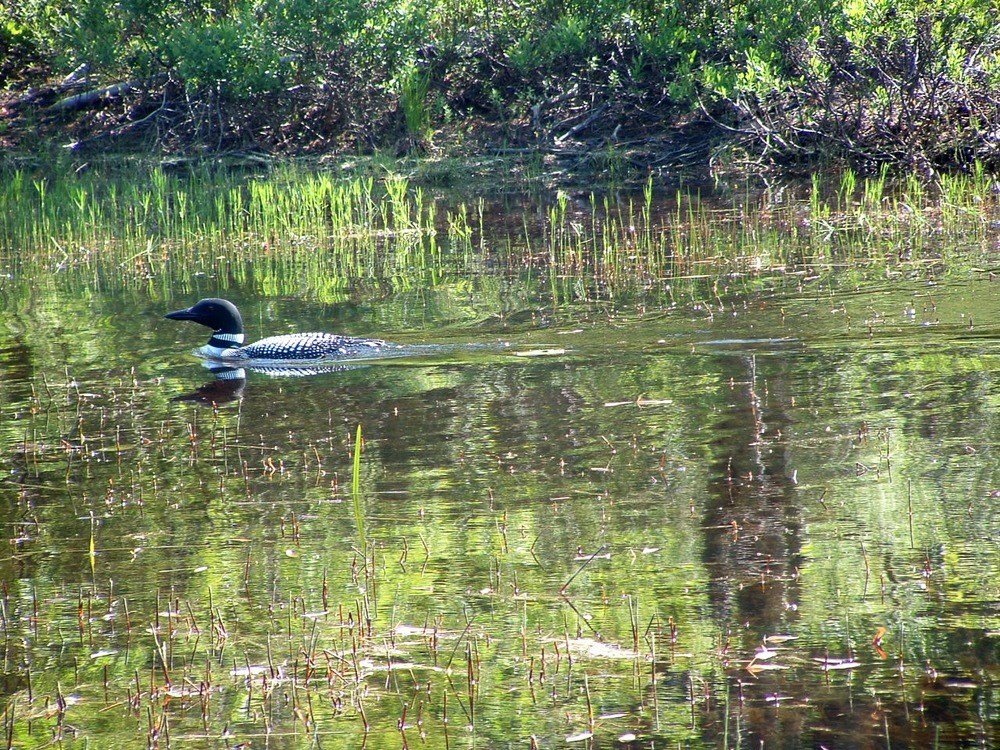Last updated: November 15, 2024
Article
Project Profile: Restore Aquatic Passage in Acadia National Park

NPS Photo
Recreation | FY24 $399,051
The National Park Service (NPS) in collaboration with U.S. Fish and Wildlife Service, Maine Department of Inland Fisheries and Wildlife, and technical experts will restore passage and critical habitat for fish at up to six culverts and dams in Acadia National Park. These actions will restore critical habitat for some of the last remaining populations of sea-run brook trout, support recreational fishing and visitor experiences, and help maintain traditional resources and activities for federally recognized Wabanaki Tribes (Maliseet, Micmac, Passamaquoddy, and Penobscot). Tribal youth will participate in this project through the Wabanaki Youth in Science program.
Why? Barriers to stream passage pose a serious threat to fish populations including sea-run brook trout, alewives, and American eel. Diminished fish populations disrupt aquatic food webs and nutrient cycling, reduce Tribal access to traditional resources and practices and diminish the quality of recreational fishing and visitor experiences. Impairments to stream connectivity also harm habitats up and downstream of barriers by causing erosion and disrupting sediment transport and water channels.
What else? The project complements larger regional efforts to improve fish passage. The NPS will use existing science and best practices to restore stream connectivity, aquatic passage, and critical habitats for wildlife by removing several dams and culverts and restoring wetland habitat. It will restore ecological function, improve resilience and visitor experiences, and preserve resources critical for traditional activities of federally recognized Tribes.
